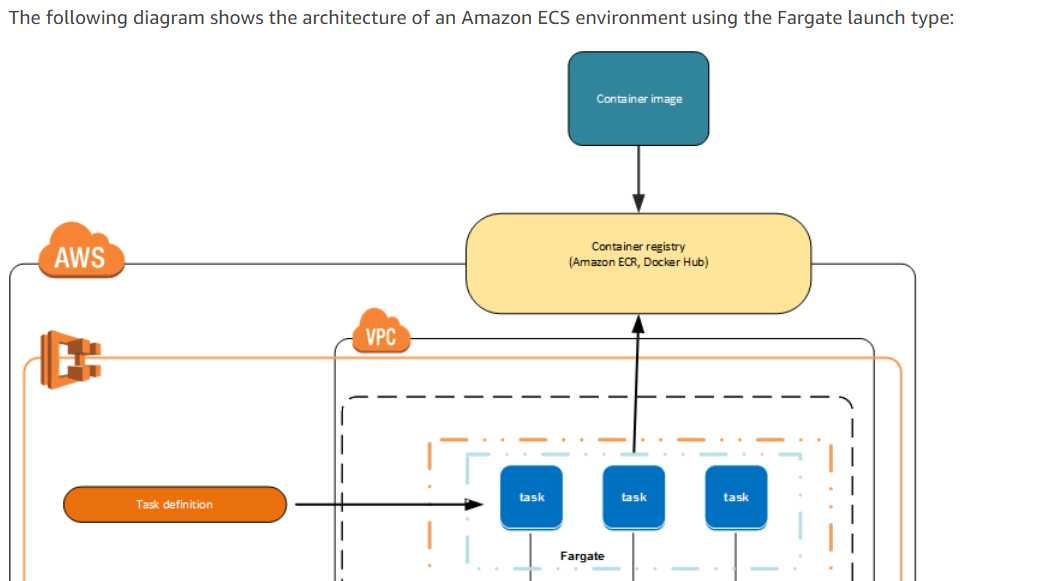Data Sources for Storing Docker-based Images | AWS Certified Developer - Associate Exam
Question
Your development team has developed a series of Docker containers that will be part of an application.
The deployment team is looking at using the Elastic Container service for hosting these containers.
Which of the following are 2 possible data sources for storing the Docker-based images?
Answers
Explanations
Click on the arrows to vote for the correct answer
A. B. C. D.Answer - B and C.
The AWS Documentation architecture diagram of the Elastic Container service shows the 2 sources from where you can download the Docker containers.
Because the AWS Documentation clearly mentions this, all other options are invalid.
For more information on the Amazon Container Service, please refer to the below URL-
https://docs.aws.amazon.com/AmazonECS/latest/developerguide/Welcome.html
Elastic Container Service (ECS) is a container management service that allows you to run, stop, and manage Docker containers on a cluster of EC2 instances. In order to deploy your Docker containers on ECS, you need to store your Docker images in a container registry.
Here are the possible data sources for storing Docker-based images that you can use with ECS:
A. On the EC2 Instances: You can store your Docker images on the EC2 instances that will run your ECS tasks. However, this is not a recommended approach as it can make managing the images difficult and may cause scaling and availability issues.
B. In Docker Hub: Docker Hub is a cloud-based repository for Docker images. You can push your Docker images to Docker Hub and then use them in your ECS tasks. However, you should be aware that Docker Hub is a public registry and anyone can access your images if you do not configure them properly.
C. In the Elastic Container Registry (ECR): ECR is a fully-managed Docker container registry that makes it easy for developers to store, manage, and deploy Docker container images. You can push your Docker images to ECR and then use them in your ECS tasks. ECR provides several benefits, including security, scalability, availability, and integration with other AWS services.
D. Store them as Amazon Machine Images (AMIs): AMIs are pre-configured virtual machine images that can be used to launch EC2 instances. You can create an AMI from a Docker container and then use it to launch EC2 instances that will run your ECS tasks. However, this approach is not recommended as it can make managing the images difficult and may cause scaling and availability issues.
Therefore, the two recommended options for storing Docker-based images when using ECS are in the Elastic Container Registry (ECR) or in Docker Hub.
